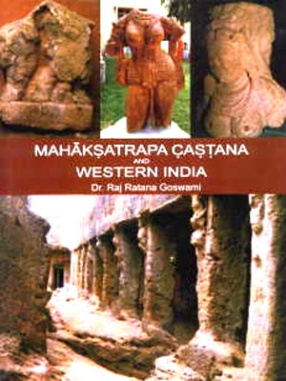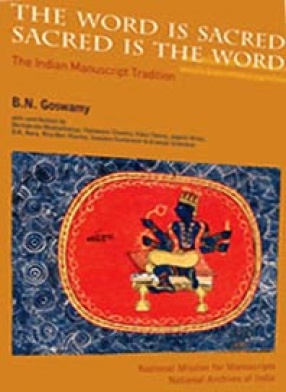This book is a systematic overview of the temple architecture built in eastern India between the ninth and sixteenth centuries. Spanning eight hundred years, it defines the tradition of Temple Architecture of eastern India and examines the traits of continuity and of disruption in the tradition. In the absence of many extant examples of temples in the region during this whole period, the study uses the architectural fragments and votive shrines housed in various archives and museums of the world. The study locates and identifies more than forty temples of the period up to 1500 CE, and goes on to document and analyse them in order to develop an understanding of a regional type of nagara temple. The study identifies the presence of all three modes called latina, phamsana and valabhi of the north Indian nagara tradition of temple architecture. An important aspect of the study is the analysis of these latina temples in terms of their aedicular components, identifying the presence of valabhi and latina aeicules superimposed on the body of the litina temples. Another significant feature of the study is the analysis of the re-use of earlier Hindu-Buddhist architectural fragments in later Islamic structures in order to develop an understanding of the earlier architecture and to show how the re-use of such fragments influenced the architecture of the Sultanate period in a major way, forming the basis of an architectural vocabulary. In the concluding part, the origin and development of the Mughal period temples characterized by the chala, bangla and ratna types is explained, while emphasizing the continuities and elements of disruptions that had taken place since the beginning of the ninth century. The foreword of the book is written by Dr. George Michell who have earlier edited two best known books on the architecture of the region: Brick Temples of Bengal (From the Archives of David McCutchion) PUP, Princeton, New Jersey, 1983 and Islamic Heritage of Bengal UNESCO publications, paris, 1984.
Textile Fibre and Fabric Formation
$46.80
$52.00





There are no reviews yet.